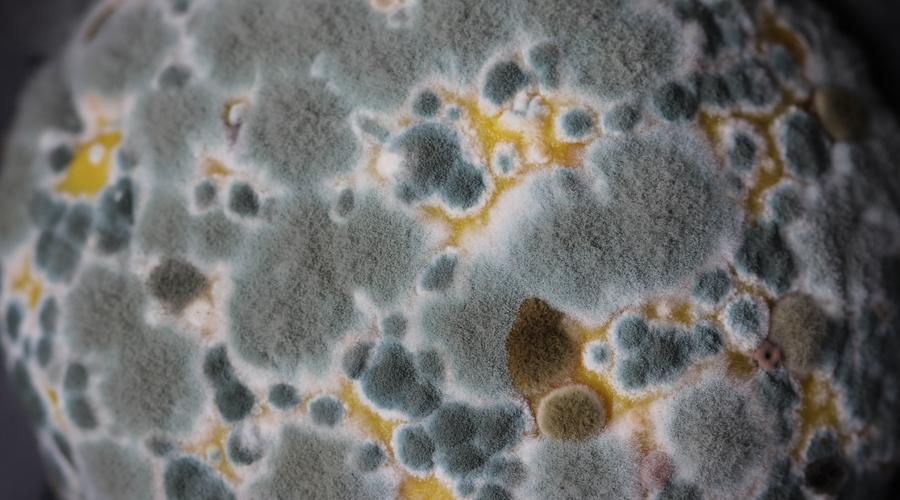
It amazes me when I find mould during an inspection to think people are happy to live with it
Condensation
Indoor condensation can cause damage to fabrics, discolor paint and wallpaper but, more importantly, it promotes conditions suitable for the growth of mould.
When water is heated it changes into vapor. Condensation occurs when the vapor cools and changes it back into liquid.
When air is humid condensation will occur at the slightest drop in temperature.
For example, the droplets of water that form on the mirror or window of an unventilated bathroom while taking a hot shower or bath.
In most Western Australian homes, indoor condensation is the main source of moisture for the growth of mould.
Mould
Mould is a fungal growth. It grows in homes under the right conditions of dampness, darkness & poor ventilation: e.g. bathrooms or kitchens, cluttered storage or basement areas, flooded areas, plumbing pipes and outdoors in humid environments. Walls, timber, carpet, furniture and fabrics can harbor mould if they stay damp for extended periods of time.
Not all people are adversely affected by mould. However it can emit particles that may cause some people to sneeze.
This is not necessarily an allergy; like a dust storm, it is a reaction to the particles in the air. Often, mould can also release a musty odour which can be disagreeable.
Toxic mould produce mycotoxins that can pose serious health risks. Some studies claimed that exposure to high levels of mycotoxins can lead to neurological problems and in some cases death.
Prolonged exposure may be particularly harmful. Research in this area has not been conclusive.
Symptoms caused by mould allergy may include.
Individuals with persistent health problems that may be fungi-related are advised to see their GP for a referral to a practitioner trained in environmental medicine or related specialties and are knowledgeable about these types of exposures.
Humidity in the Home
Humidity in a structurally sound home comes from kitchens & bathrooms: from clothes dryers, un-flued gas heaters, washing machines, showers, fridge drip trays, indoor plants, and evaporation from your body & breathing.
Once water vapor is in the air, it easily travels to other areas of the house where it may come into contact with cooler surfaces and condense.
The most common places for condensation to occur are windows, un-insulated exterior walls and bedrooms. Corners of rooms are also prone because they tend to be cooler and have less air movement.
Moisture can be retained in walls depending on the finish. Many interior finishes retain some levels of moisture. The interior finish is a critical factor affecting the growth of mould. Flat paints, plasters and untreated wood are more prone to moisture absorbency than semi-gloss or gloss painted surfaces and treated timbers.
High levels of humidity in the home are usually due to temporary sources of vapor generation such as a boiling kettle, or a hot bath, etc.
However, new houses often have higher indoor humidity levels during the first few years as the concrete, plaster, paint and wood furnishings dry out.
Older houses may have ongoing problems with dampness because of structural breakdown such as broken roof tiles, poor cavity wall ventilation and rising damp.
Controlling Condensation and Mould
The main ways of controlling condensation & mould are:
Ventilation
Heating
Insulation
Condensation forms more easily on cold surfaces, for example walls and ceilings. In many cases, those surfaces can be made warmer by improving insulation;Insulate hot and cold surfaces, such as water pipes.
Removing Mould
General Household Maintenance Structural
Cleaning
Other
Garden Maintenance
If you discover mould on your property call ABEL Inspections for a friendly chat and some advice. An inspection may be needed to confirm the reason why you have a mould issue.
Image by Sandy Millar










